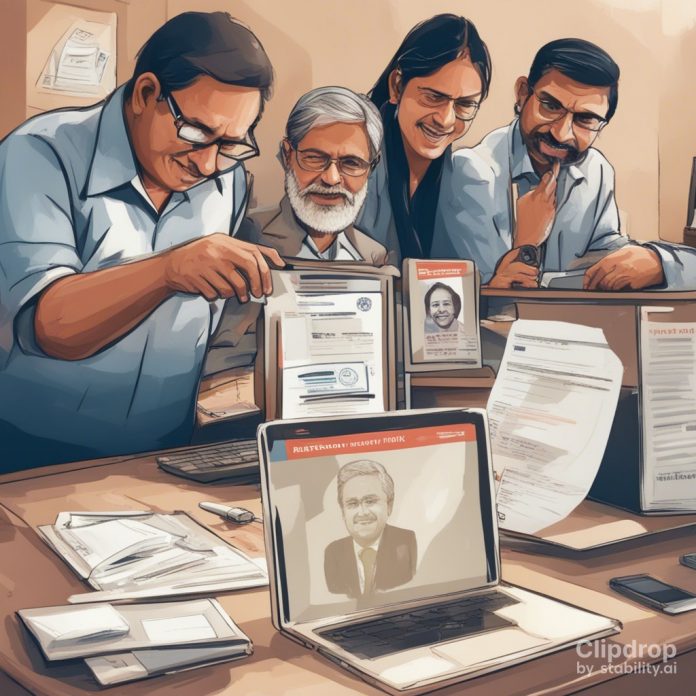Introduction
In India, the world’s largest democracy, elections are a massive undertaking. With over 900 million eligible voters spread across diverse regions, conducting elections is a complex task. Over the years, the integration of technology in the electoral process has played a pivotal role in ensuring efficient, transparent, and inclusive elections. This blog explores how innovative election technology tools have been leveraged to enhance campaign success in India.
- Voter Registration and Verification
One of the foundational steps in any election campaign is identifying and engaging with potential voters. Technology has transformed this process through the development of robust voter registration systems. In India, the Election Commission introduced the National Voters’ Service Portal (NVSP), an online platform that allows citizens to register as voters, update their details, and check their voter status. Campaigns can now target specific demographics with greater precision, enabling more effective outreach.
- Data Analytics and Predictive Modeling
Data analytics has become an indispensable tool for campaign strategists. By analyzing vast datasets, campaigns can gain valuable insights into voter preferences, demographics, and even sentiment analysis through social media monitoring. Predictive modeling helps in identifying swing constituencies, enabling candidates to allocate resources more strategically. Tools like this have revolutionized how campaigns plan their outreach efforts.
- Social Media Campaigning
The rise of social media has transformed political campaigning. Platforms like Facebook, Twitter, and Instagram have become crucial for candidates to connect with voters. India has witnessed the emergence of homegrown social media apps like ShareChat and Koo, which have gained popularity for political discourse. Campaigns now utilize these platforms to disseminate their messages, engage with voters, and organize virtual rallies and town halls, thereby expanding their reach exponentially.
- Mobile Apps for Grassroots Mobilization
Mobile apps have played a significant role in grassroots mobilization efforts. Parties and candidates can create apps to connect with volunteers and supporters, coordinate door-to-door campaigns, and gather real-time feedback. These apps also serve as a platform for instant fundraising, helping campaigns secure necessary funds quickly.
- E-Voting and Remote Voting
The introduction of electronic voting machines (EVMs) in India has made the voting process more efficient and transparent. Additionally, discussions about remote voting options, like internet voting, have gained traction. While there are concerns about security, such innovations could significantly increase voter turnout and engagement, further enhancing the campaign’s chances of success.
- Voter Education
Educating voters is critical for ensuring their active participation in the electoral process. Innovative tools like VR-based simulations and interactive websites can help educate voters about the importance of their vote and the election process itself. These tools empower voters with knowledge, making them more informed and engaged citizens.
- Real-time Monitoring and Feedback
Campaigns can now monitor their progress in real-time using dashboards and analytics tools. Feedback mechanisms, such as chatbots and SMS surveys, allow voters to provide input and express concerns directly to the candidates. This immediate feedback loop helps campaigns adjust their strategies as needed.
- Secure Communication Platforms
Ensuring secure communication is vital for maintaining the integrity of campaigns. End-to-end encrypted messaging platforms like WhatsApp have become essential for confidential communication within campaigns, safeguarding sensitive information from leaks and cyberattacks.
Conclusion
Election technology has revolutionized political campaigns in India, empowering candidates and parties with innovative tools to reach, engage, and mobilize voters more effectively. As technology continues to evolve, political campaigns must stay ahead of the curve, adapting and utilizing these tools to their advantage. By embracing innovative election technology, Indian politics can become more inclusive, transparent, and efficient, ultimately benefiting the nation’s democratic process.

